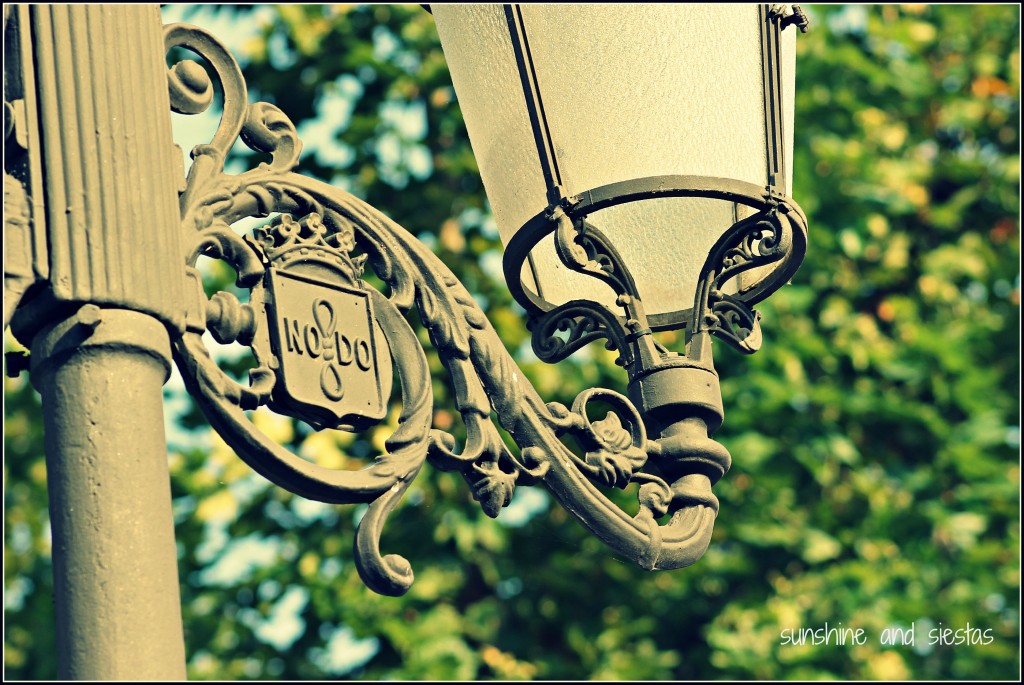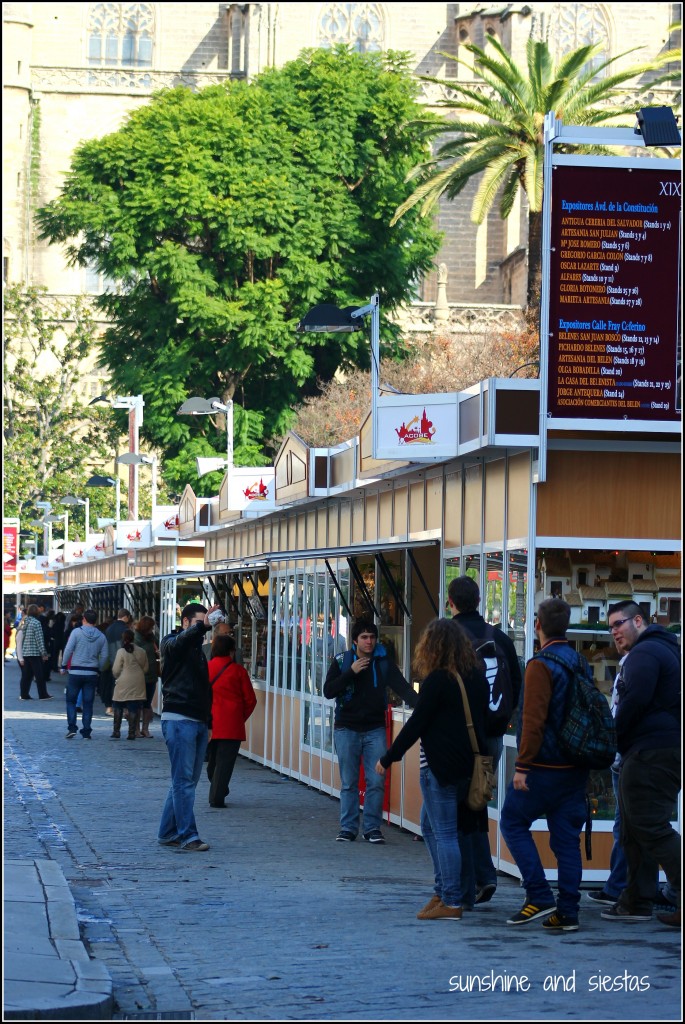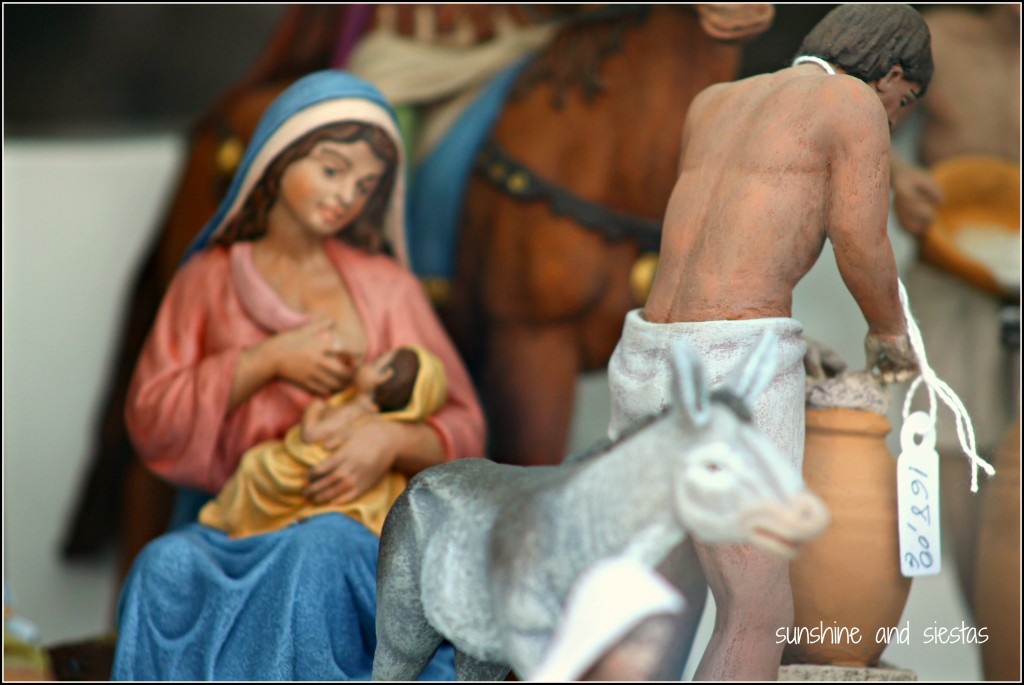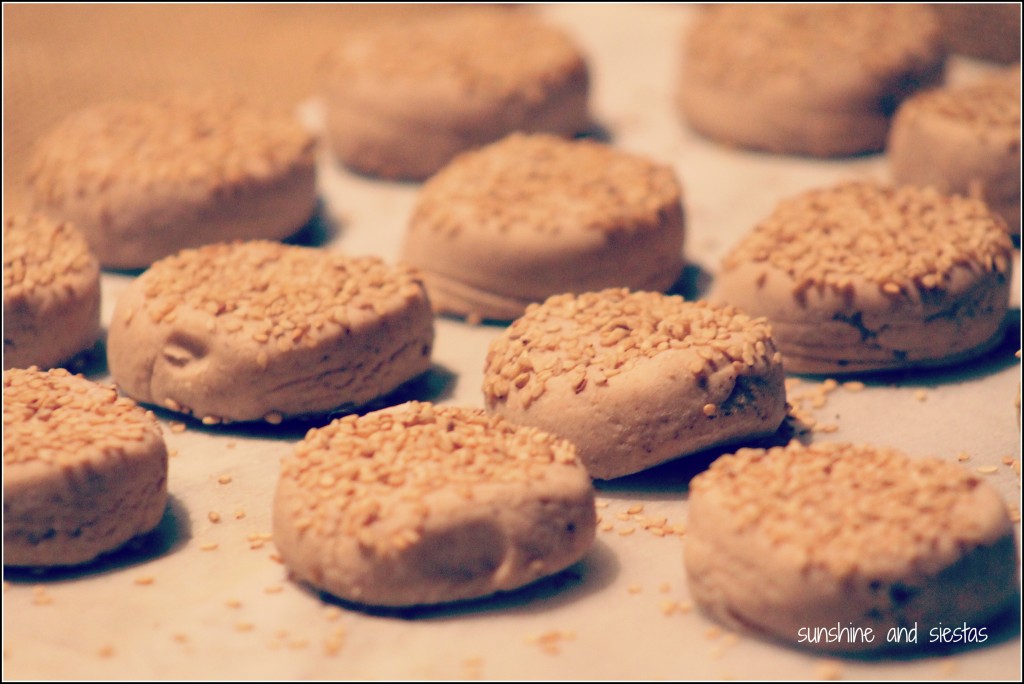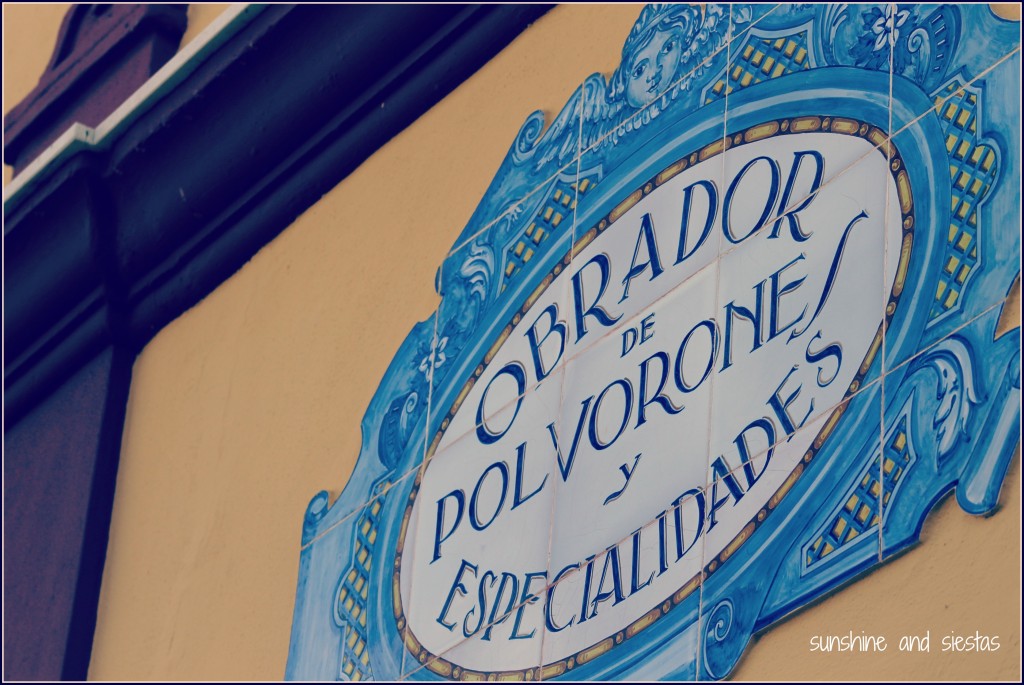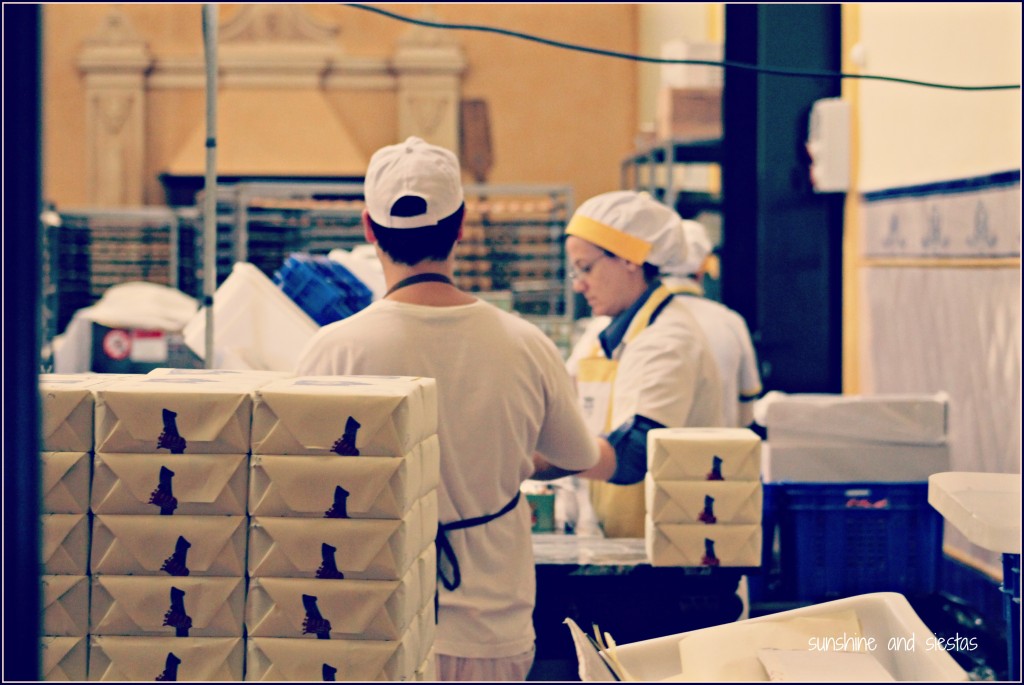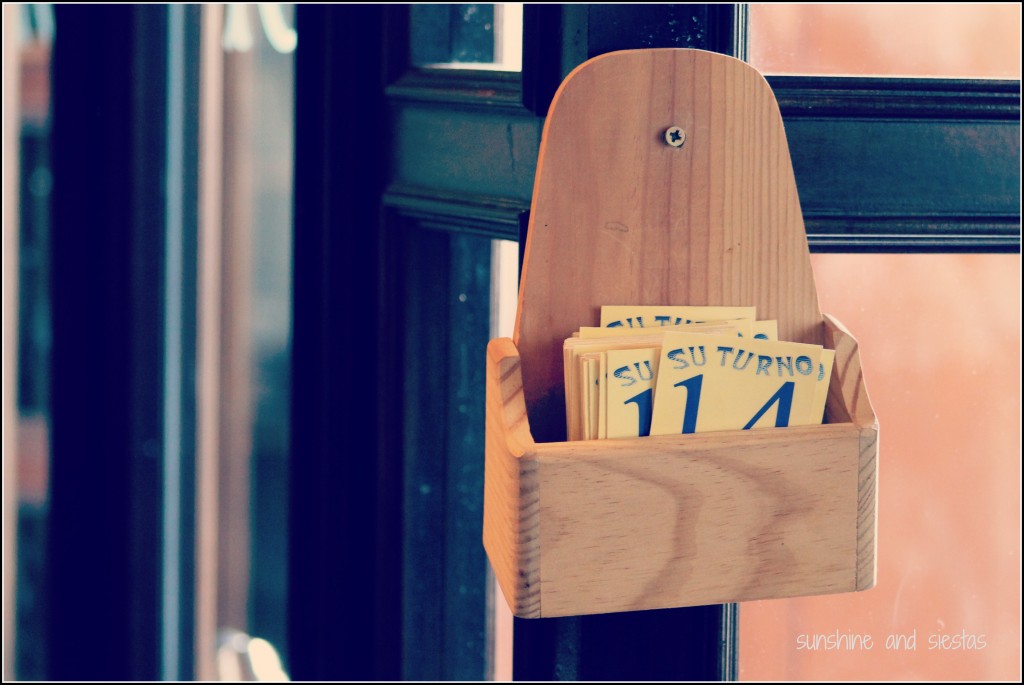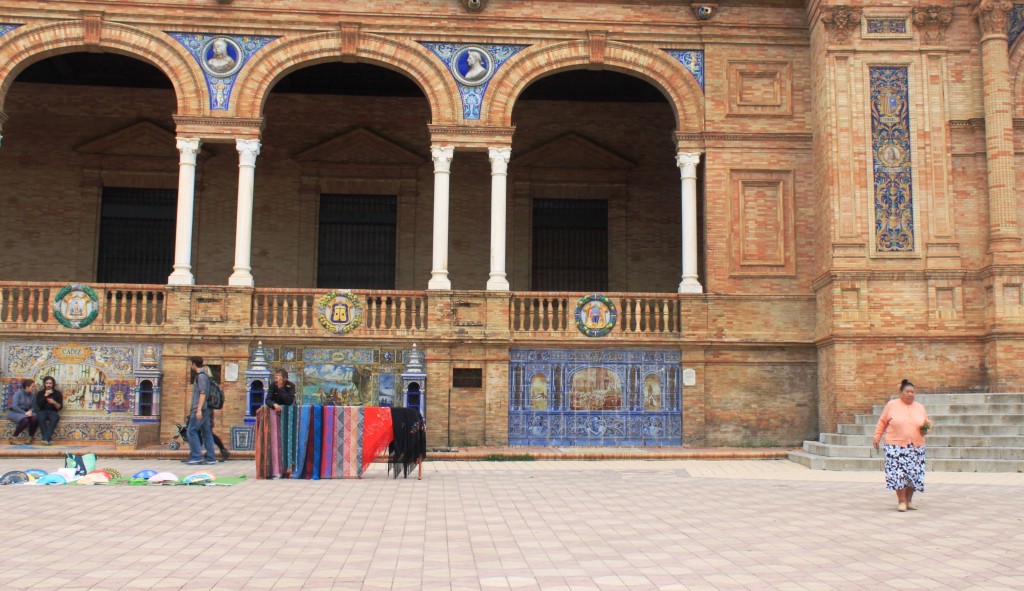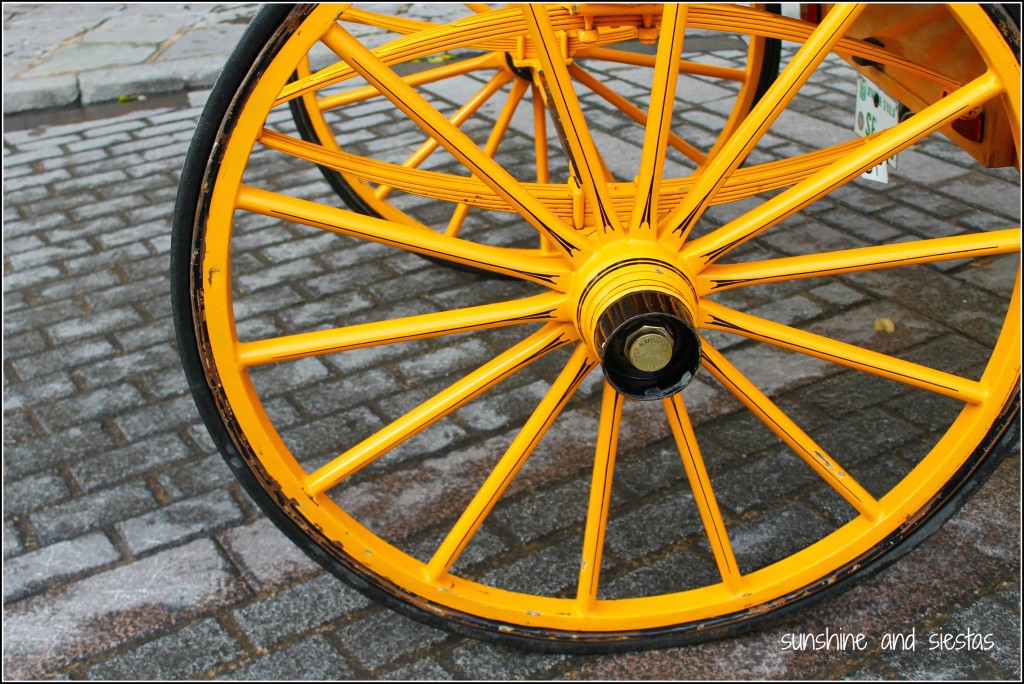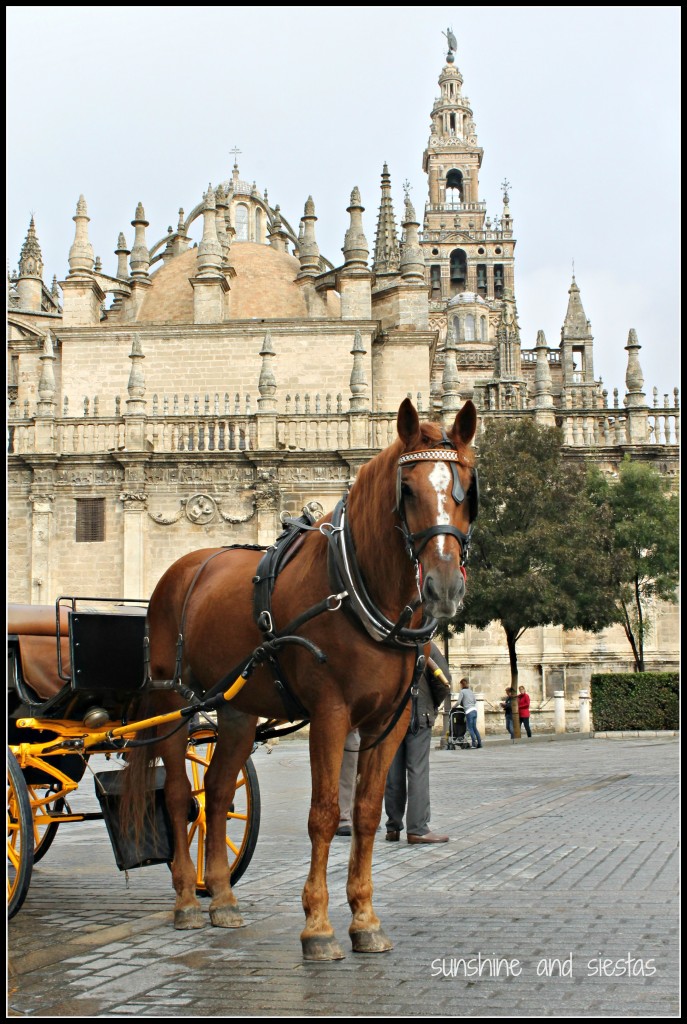I’ve lived in just three cities in Spain, all de-facto capitals of their respective comunidades autonomas. While cities offer all the amenities that make living abroad un pelin easier – from vegetarian options to world-class entertainment – Spain’s pueblos are its soul.
It seems that every Spaniard has his or her pueblo. Kike’s family has had land in teeny San Nicolas del Puerto, a hiccup of a village in the Sierra Norte de Sevilla, for centuries. The mountain air, fresh meat and raucous fiestas – among them, a haunted house in the middle of the summer – make it our preferred destination on the weekend. This is the kind of pueblo where everybody knows your name and all of your business.
Apart from San Nicolas, I spent 12 days living in a monastery outside of Madrid. The town of Uclés had, apart from the commanding monastery, one church, one bar, one plaza and one house converted into the “super club” during the months the guiris were up the hill. We happened to be there during the village’s super fiesta, a pilgrimage which allowed the village to swell to nearly twice its size.
While every pueblo has its trademarks, there are some things you just can’t escape. You know you’re in small town Spain when…
…eating, drinking and merry-making are dirt cheap
…saint is being exalted
…all roads lead to the church
…there’s a low-budget charanga butchering every Bisbal song in existence
…mixed drinks look like this:
…everyone knows your name and your business
…someone throws a chicken in the air for fun (or does anything else strange)
What’s your favorite village in Spain? Why do you like it?







